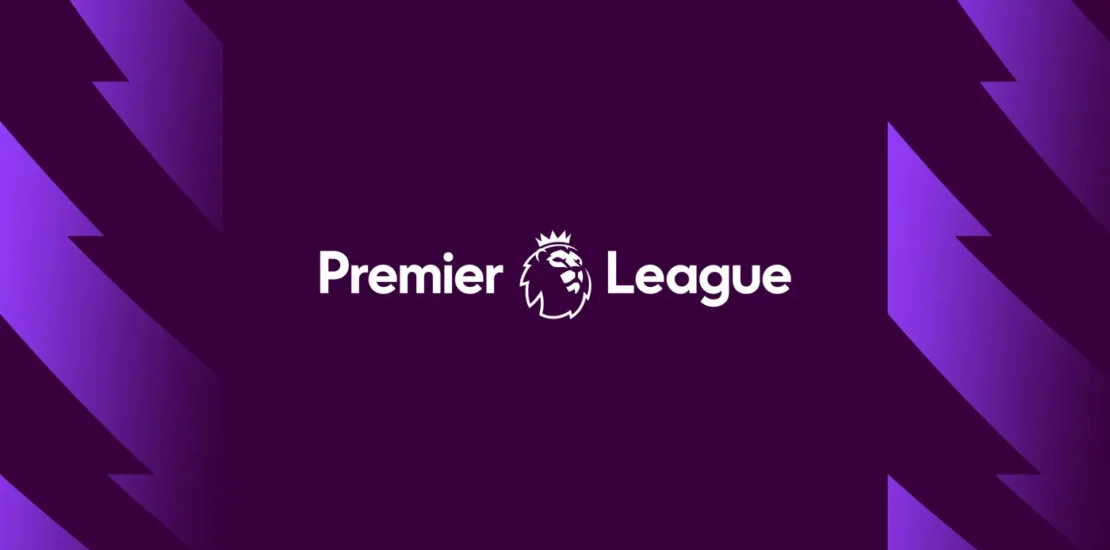- 04/03/2025
- Posted by: summerdown
- Categoria: News

The Premier League, renowned for its competitive nature and global appeal, has evolved into a financial powerhouse where player transfers play a pivotal role. The economics behind these transfers are complex, influenced by various factors ranging from broadcasting revenues to club strategies. As of March 2025, understanding these dynamics offers insight into the financial mechanisms that drive the league’s success.
Revenue Streams Fueling Transfer Expenditures
Premier League clubs’ ability to spend heavily in the transfer market is underpinned by substantial revenue streams:
-
Broadcasting Rights: The 2022/23 season saw Premier League clubs’ revenue reach an all-time high of £6.1 billion, with a significant portion attributed to broadcasting rights. The commencement of new international agreements played a crucial role in this growth.
-
Commercial Activities: Clubs have optimized commercial models, securing lucrative sponsorships and partnerships that enhance their financial capabilities.
-
Matchday Revenue: Enhanced matchday offerings have bolstered income, contributing to the overall financial health of clubs.
Transfer Spending Trends
The financial muscle of Premier League clubs is evident in their transfer activities:
-
Record-Breaking Expenditures: In 2023, clubs spent a record £2.36 billion on player transfers, reflecting the league’s financial strength.
-
Top Spenders: Clubs like Manchester City and Chelsea have consistently been among the highest spenders, investing heavily to maintain competitive edges.
Economic Implications of Transfer Activities
The substantial investments in player transfers have broader economic implications:
-
Wage Inflation: High transfer fees often lead to increased player wages, impacting clubs’ financial sustainability.
-
Financial Fair Play (FFP) Regulations: UEFA’s FFP regulations aim to ensure clubs operate within their means, influencing transfer strategies.
-
Market Dynamics: Inflated transfer fees can distort the market, making it challenging for smaller clubs to compete.
Case Study: Crystal Palace and Adam Wharton
The case of Crystal Palace’s midfielder Adam Wharton illustrates the complexities of the transfer market:
-
Rising Star: Wharton, 21, joined Crystal Palace from Blackburn for £22 million in January 2024 and has since attracted interest from top clubs, including Real Madrid and Manchester City.
-
Market Valuation: His market value has soared to approximately £70 million, highlighting how young talent can significantly appreciate in value.
-
Strategic Asset: Crystal Palace’s potential to capitalize on Wharton’s transfer underscores how clubs can leverage player development for financial gain.
Impact of External Factors on Transfer Economics
External factors such as geopolitical events and economic shifts can influence transfer economics:
-
Brexit: The UK’s exit from the EU introduced new regulations affecting player mobility and transfer negotiations, potentially altering the talent pipeline into the Premier League.
-
Global Economic Conditions: Economic downturns can affect clubs’ revenues, subsequently impacting their transfer budgets and strategies.
Conclusion
The economics of Premier League transfers are a testament to the league’s financial prowess and the intricate market dynamics at play. As clubs continue to navigate this complex landscape, understanding the financial underpinnings of transfer activities remains crucial for stakeholders and fans alike.
Football fans can support their favorite teams by engaging with official club initiatives and community programs. The YE55 website offers opportunities to get involved and contribute positively to your team’s endeavors.
By staying informed and actively participating, supporters can play a vital role in the ongoing success and integrity of their beloved clubs.
